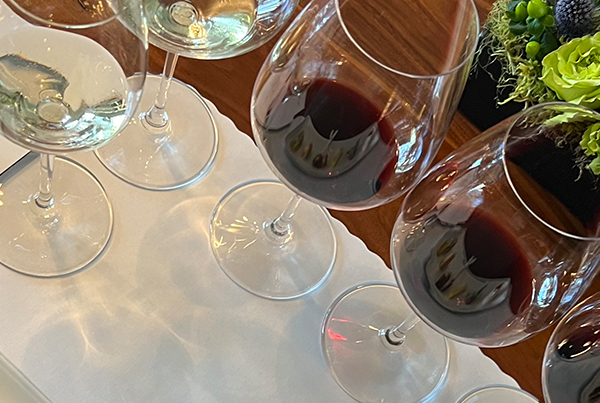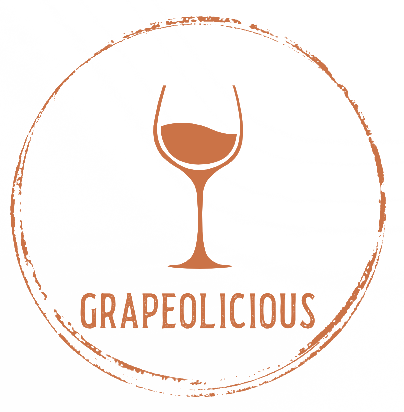
How To Get Into Wine?
Within the last two centuries, wine has been considered a formal beverage in higher social circles. With the advent of the 21st century, wine has been changing into a beverage to be considered by all social circles. Further, more access to wine has been the primary reason due to industrialization and improved and innovative winemaking techniques.
With 5000+ varietals and counting in the world, wine has become the second most consumed alcoholic beverage in the world. Therefore, it makes sense that there is a varietal or two that would interest any new wine enthusiast.
Having choices in any category can be fun and exciting. However, with so many choices, it becomes very challenging to determine which varietals meet your preferred styles and tastes. Finding those wines that provide that pleasurable tasting experience can be a short basic test of a few that “could” meet your satisfaction or “could” become a lifelong research project of tasting hundreds to thousands of different wines, vintages, and styles the world has to offer.
The Very Beginning
To this end, provided are some general guidelines to assist you in your tasting research in wine enjoyment.
The focus here is for those beginning oenophiles completely unfamiliar with wine, and the variety of tastes and styles wine presents. Here are basic points to consider when shopping for wines or tasting at a winery. Your main considerations are type (varietal), location, price, style, access, and enjoyment. Upon introduction to several different wines, we assist you in determining some preferences with our General Benchmark Wines list to help guide you along your wine journey.
This process does require a dedicated interest on your part to help find your “go to” wines to start out. Comparison tasting is the first requirement. Taking comprehensive notes can make a huge difference for the wine enthusiast in finding preferred styles and aid in minimizing repeat mistakes. A budget for 7-10 labels within each varietal is recommended to give you the opportunity to find one or more preferred styles within that category to enjoy.
Type (Varietal) – Initially, this is the most challenging of all. Deciding which varietal to sample first can be overwhelming. It is recommended to begin with a white varietal and gradually move towards the red varietals. (Ex. Sauvignon blanc or fume blanc)
Location – This element of your research is critical to comparing styles within a region. Limit your comparison to wines within the same area. We will expand to compare like varietals from different regions later in more advanced tastings. (Ex. Bordeaux France, New Zealand, Napa Valley California, etc.)
Price – Try to stay within a similar price range to better compare the wines. (Ex. $10-$20)
Styles – This is where your notes will be critical in helping you find your preferences. Make sure to note the vintage (year) of each label and try to acquire the same vintage on each label for your tasting. Do your best to not leave out any descriptors for each wine you taste for easier comparison in the future. (See “Take Notes On Wines” article)
Access – Find out from staff at your shop or store whether the wines you choose are regularly stocked or if they are rarely carried. (Tip: Usually lower-priced wines will be stocked regularly)
Enjoyment – Now, commence with the tasting. Take detailed notes here for your future reference when searching for wines at other shops or in restaurants.
General Benchmark Wines: Sample
Upon learning these basics for yourself, you can now experiment within varietal types to gain more advanced knowledge of your styles and enjoyment. You will learn about many different varietals to compare and how different locations offering the same varietal can also vary in flavor and style.
White – (Sauvignon Blanc – New Zealand)
Red – (Syrah – Central California)



